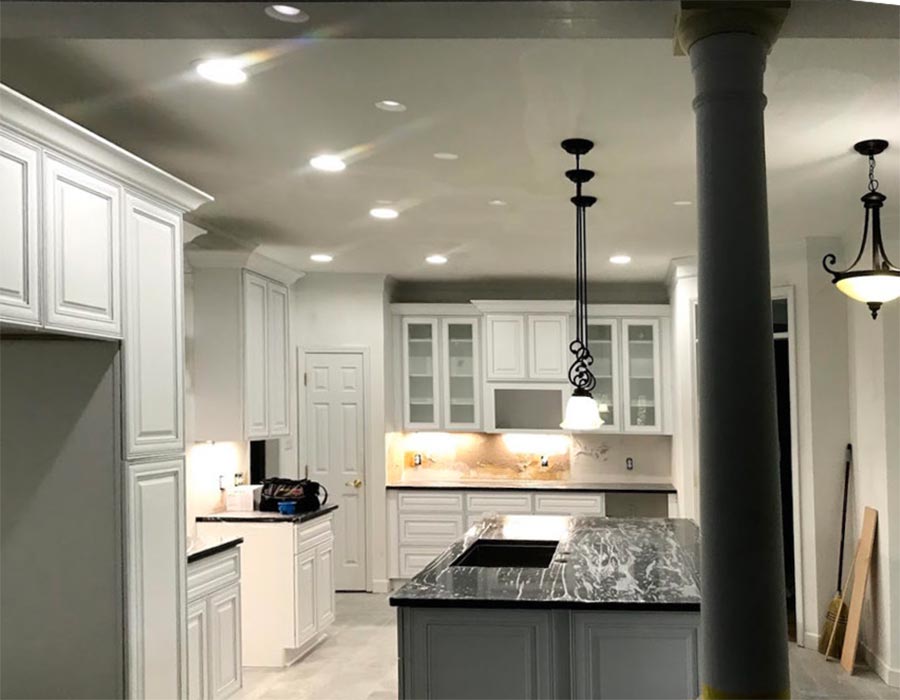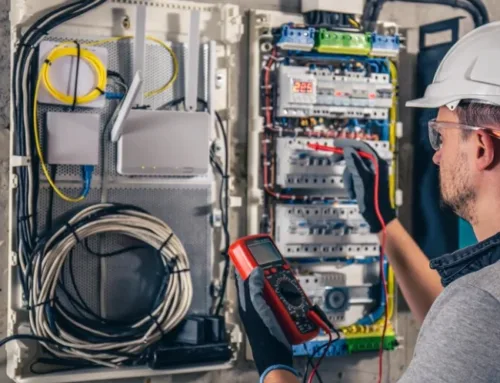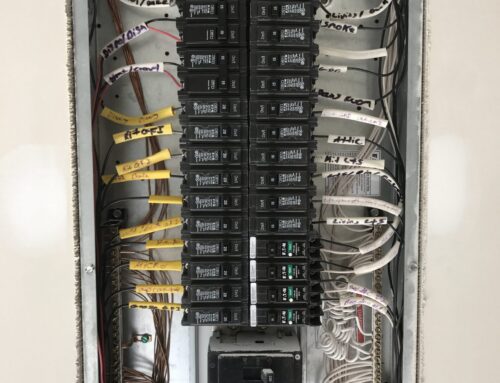Your fridge, your dryer, even your coffee maker—they’re all quietly pulling power from your home’s electrical system like they’ve got something to prove. The result? A behind-the-scenes power struggle that can lead to higher bills, overloaded circuits, and worn-down appliances.
Most of us assume our home’s electricity just works itself out. But when everything kicks on at once, your system can start to feel the pressure. It’s not just about how much energy you use—it’s about when and how it’s used. The timing and overlap matter more than you think. That’s where things get interesting.
How Does Power Competition Between Appliances Affect Energy Efficiency in a Home?
At any given time, multiple appliances in your home are tapping into the same electrical panel—and that power has limits. When too many devices draw energy simultaneously, especially high-demand appliances, they don’t always get the ideal voltage they need. This can compromise their performance and reduce overall efficiency.
Picture this: it’s a hot summer afternoon. The AC is cranking, the washing machine is mid-cycle, and someone just hit “start” on the dishwasher. Suddenly, your lights dim slightly, your AC wheezes a bit, and you wonder if your microwave is running slower than usual.
That’s an appliance power competition in action. And here’s how it affects efficiency:
- Voltage Drops
High-demand usage can cause minor voltage drops, especially in older homes. Appliances receiving less than optimal voltage operate less efficiently. - Delayed Operation Cycles
Appliances like washing machines or dishwashers may take longer to complete cycles when struggling for power, using more energy overall. - Overheating Risks
Motors and compressors in appliances that aren’t receiving steady current may overwork and overheat, further draining energy. - Shortened Appliance Lifespan
Constant operation under stress (due to insufficient voltage or current) causes wear and tear faster than normal use. - Loss of Smart Functionality
Smart appliances require a steady, clean electrical signal. Interference or inconsistency can interrupt or disable advanced features.
Efficiency isn’t just about how well a device performs—it’s about how well it performs under normal conditions. Unfortunately, competition for power means that “normal” might not be ideal, especially during peak usage times.
What Happens When Multiple High-Energy Appliances Run at the Same Time?
Think of your home’s electrical system as a highway—and every appliance is a vehicle trying to get somewhere. When only a few are in use, the ride is smooth. But when several high-energy appliances hit the road at once? Welcome to traffic.
High-energy appliances include:
- Air conditioners
- Electric water heaters
- Clothes dryers
- Dishwashers
- Ovens and stovetops
- Space heaters
When these power-hungry machines run together, your system can get congested—causing ripple effects across the entire home.
Here’s what happens during a peak-load power rush:
- Circuit Strain
Your home’s circuits are designed to handle specific loads. Overloading them by running multiple devices can trip breakers or cause wiring to heat up. - Diminished Performance
Appliances may struggle to maintain optimal settings, leading to slower performance or fluctuating output (e.g., inconsistent oven temps). - Dimming Lights and Power Flickers
Light fixtures sharing the same circuit with major appliances can dim or flicker when power is diverted suddenly. - Increased Noise
Appliances under electrical stress can become noisier—think buzzing refrigerators or humming washers. - Risk of Power Outages
In extreme cases, sustained high loads can trigger a full circuit shutdown, leaving parts of your home in the dark.
A key issue is that homes often aren’t wired for modern living demands. That means even newer appliances can be held back by outdated infrastructure—making careful timing and planning essential.
Can Appliance Power Conflicts Lead to Increased Utility Costs?
Yes—and probably more than you think. When your home’s appliances fight for power, they become less efficient. And when they become less efficient, your utility meter spins faster.
Even if your appliances are energy-efficient on paper, they’re only as efficient as the environment they’re operating in. When your dishwasher, air conditioner, and dryer are all working at the same time on an overloaded system, they end up drawing more energy to compensate for lower performance.
How power conflicts quietly increase your bills:
- Longer Run Times
Underpowered appliances often take longer to complete tasks, using more electricity in the process. - More Frequent Restarts
Appliances like AC units may cycle on and off more often when power is unstable, using more energy over time. - Higher Peak Rates
If you’re on a time-of-use rate plan, using multiple appliances during peak hours can cost significantly more. - Inefficient Energy Spikes
High startup surges—especially when multiple devices power up at once—can create costly energy spikes that add up over the month. - Compensating for Poor Performance
Ever had to re-dry your clothes or re-run the dishwasher? You just doubled the energy use for the same result.
To put it simply: when your appliances don’t get the energy they need when they need it, they work harder. And that extra effort shows up on your utility bill.
How Does Circuit Load Balancing Impact Overall Appliance Performance?
At the heart of this invisible power war is something called circuit load balancing—an essential aspect of your home’s electrical design that determines how power is distributed across different outlets and systems.
Circuit load balancing ensures that no single wire, breaker, or area of the home is drawing more power than it should. When circuits are well-balanced, energy flows smoothly. When they’re not, it’s like trying to funnel a firehose of power through a drinking straw.
Why circuit balancing matters:
- Improved Appliance Lifespan
Consistent voltage means less wear and tear on motors, compressors, and digital components. - Optimized Performance
Appliances run at their full potential—coolers stay cool, ovens stay hot, and dryers stay efficient. - Safety First
Overloaded circuits can lead to overheated wires, increasing the risk of electrical fires. - Reduced Breaker Trips
A balanced load keeps your breaker panel calm and cool, reducing inconvenient trips and resets. - Future-Proofing Your Home
As we plug in more devices—EV chargers, smart hubs, home gyms—balanced circuits ensure your infrastructure can keep up.
If your home was built before the 1990s, chances are it wasn’t designed with today’s energy demands in mind. That’s why many homeowners are investing in load evaluations and panel upgrades—to keep things running smoothly and safely in the era of high-tech, always-on living.
There’s More Going On Behind the Wall Than You Think
Your appliances might not talk, but they’re definitely in conversation—with your circuit panel, your wiring, and each other. The result? A constant push and pull of energy that determines how well your home actually runs.
Ignoring these invisible power struggles can lead to performance problems, higher bills, and even long-term safety risks. But recognizing and managing them—through smart usage, strategic scheduling, and electrical upgrades—can transform your home from an energy battleground into a smooth, efficient operation.
So the next time your lights flicker or your dryer takes two cycles to finish, it might not be a “bad appliance.” It might just be one more contender in your home’s secret battle for power.
Tired of Appliance Drama? Let a Pro Balance the Load
At Starnes Electric LLC, we specialize in diagnosing circuit overload, optimizing electrical distribution, and helping your home run like the powerhouse it should be. Whether you need a panel upgrade, circuit evaluation, or energy-efficiency advice, we’re here to help you end the appliance turf war—once and for all. Call us today and get your power flowing the smart way.




